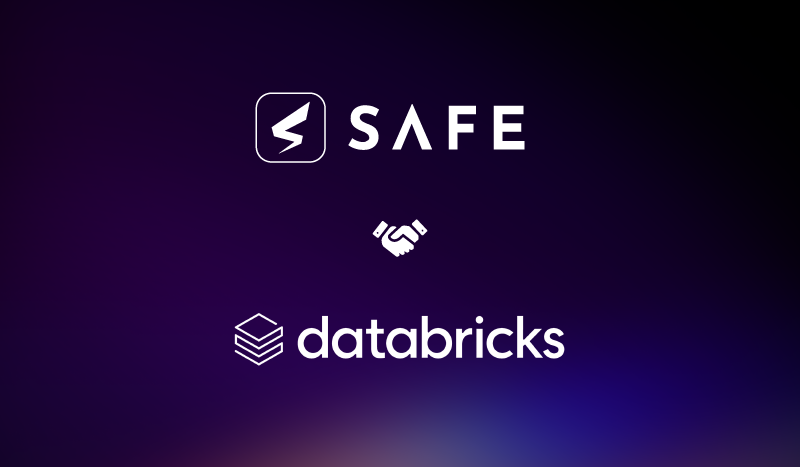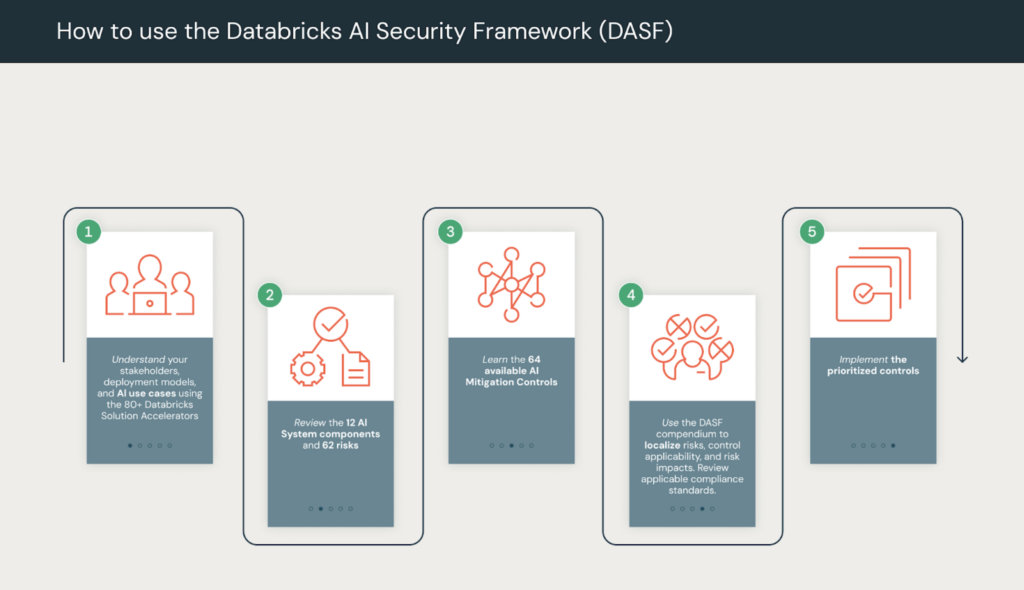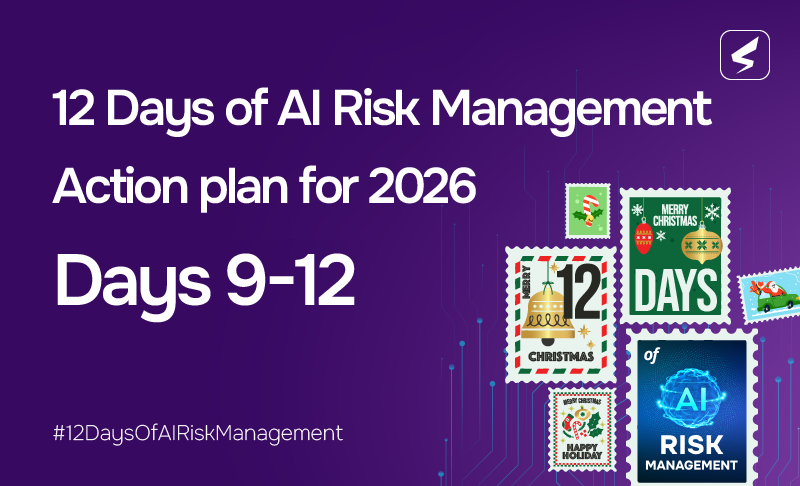New framework focuses on threat identification and risk quantification for artificial intelligence
As businesses rapidly integrate artificial intelligence (AI) into their operations, the need to manage associated risks becomes increasingly critical. While AI offers immense benefits, its widespread adoption also introduces significant vulnerabilities. A recent McKinsey & Company study revealed that 65% of employees are already using AI at work, exposing a large segment of the workforce to potential risks like data inaccuracies, cybersecurity threats, and intellectual property issues. Regulators, such as the New York Department of Financial Services (NYDFS), have also voiced concerns about the elevated cyber risks associated with AI, highlighting the importance of robust risk management.

To address this growing need, SAFE and Databricks are collaborating to develop innovative approaches to AI risk management. This joint effort focuses on enhancing the identification of potential threats and quantifying their financial impact, ultimately empowering organizations to proactively mitigate risks and make informed decisions.

From the DASF whitepaper
A Synergistic Approach to AI Risk Management
This collaboration brings together SAFE’s expertise in cyber risk quantification, leveraging the FAIR methodology and MITRE ATLAS framework, with Databricks’ deep understanding of AI development and deployment, including its development of the Databricks AI Security Framework (DASF). This powerful combination offers significant advantages:
- Enhanced AI Risk Assessments: The collaborative work aims to provide more detailed and specific risk scenario modeling that accurately reflects the complexity and dynamics of AI technologies.
- Proactive Risk Identification and Prioritization: By working together, SAFE and Databricks aim to help organizations anticipate potential AI-related losses before they translate into actual business impact, enabling timely and targeted interventions.
- Data-Driven Decision Making: The goal is to provide a clear, quantifiable view of the AI risk landscape, empowering business leaders and CISOs to make informed decisions, align security measures with strategic business objectives, and enhance overall resilience.
- Operationalizing DASF 2.0: SAFE has contributed to the development of DASF 2.0 through its participation in the Databricks AI Security Working Group. This collaboration is working to translate DASF 2.0’s security principles into tangible financial terms, enabling CISOs to communicate risk effectively to business stakeholders.
The Future of AI Risk Management
This collaboration represents an important step forward in how organizations approach AI risk management. By combining their respective expertise, SAFE and Databricks are committed to helping organizations confidently leverage the full potential of AI innovation while maintaining security and compliance.
DASF 2.0 is a key tool in making AI risk quantification an operational reality. Combined with the FAIR-AI Risk approach, DASF 2.0 helps bridge the gap between cybersecurity and business strategy, facilitating a common language grounded in measurable financial impact. Working with Databricks, SAFE is contributing to the automation of this process, making it a scalable reality for CISOs and business leaders.
This collaboration is more than just a solution; it’s a strategic advancement for businesses seeking to harness AI responsibly and effectively, ensuring long-term success in the digital age.
Download the Databricks AI Security Framework (DASF)


